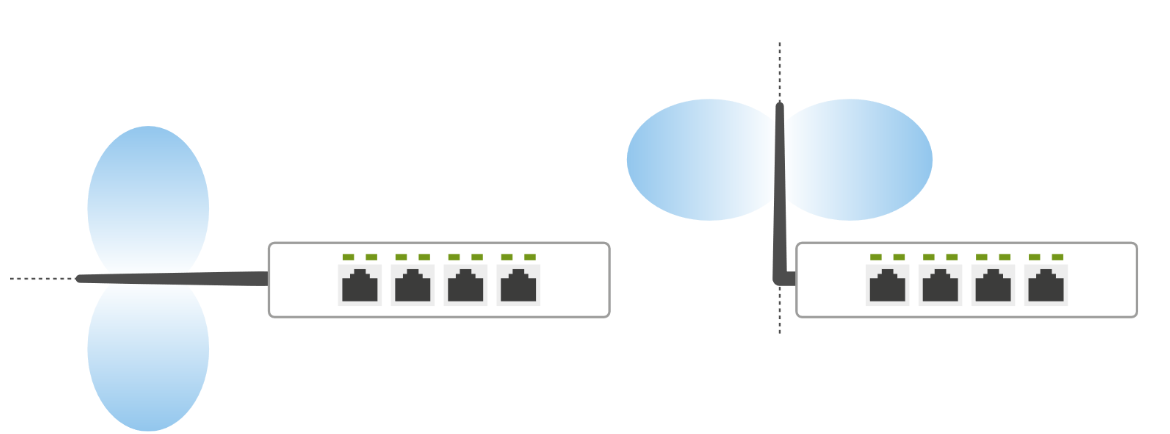How to position your Router
How to position your Router
Signal Strength and Beyond: The Importance of Proper Router Antenna AlignmentWhy is antenna alignment so crucial?
Just like focusing a camera, aligning antennas sharpens your Wi-Fi signal.
Proper alignment ensures that your Wi-Fi signal reaches every corner of your home. When antennas are haphazardly positioned, signal strength can become uneven, leaving some areas with a weak or non-existent connection. Aligning antennas optimizes coverage, ensuring you can enjoy your network from the basement to the attic.
Just like focusing a camera, aligning antennas sharpens your Wi-Fi signal. When antennas are misaligned, they can transmit and receive signals in all directions, including where you don't need them. Proper alignment narrows the focus, concentrating the signal where it's needed most. This improves signal quality, reducing interference and providing a more reliable connection.
Dead zones are those frustrating areas in your home where the Wi-Fi signal drops or disappears entirely. Antenna alignment can help reduce these dead zones by directing the signal in a way that eliminates or mitigates them. No more getting disconnected in the middle of a video call or online game.
A well-aligned router can significantly boost your network's speed and overall performance. When your signal is concentrated and consistent, your devices can communicate with the router more efficiently, resulting in faster downloads, smoother streaming, and lower latency for online gaming.

Most router antennae are omnidirectional, which means they transmit and receive signals in all directions. For maximum coverage, it's usually best to position them vertically.
If you have a multi-antenna router, experiment with angling the antennae at different degrees to find the best signal strength and coverage. A slight angle adjustment can make a big difference.
Keep your router in an open, central location and away from obstructions like walls or metal objects that can interfere with signal transmission.
Over time, signal needs may change. New furniture, walls, or other factors can affect your signal quality. Periodically check and adjust your antenna alignment as needed.
In conclusion, proper alignment of your router’s antennae is a fundamental step in optimizing your Wi-Fi network. By ensuring the signal is directed where it’s needed most, you can enjoy a strong, reliable connection throughout your home. Say goodbye to dead zones, slow speeds, and dropped connections – your Wi-Fi signal will thank you!

